For reasons unclear to me, this week has turned out to be the week of heart rate related devices plopping onto my doorstep. So let’s rundown a quick preview of stuff I’ll be posting more in depth over the next few weeks, but I thought it would be interesting to briefly highlight it all.
The Resting Heart Rate (Pulse) and Oximeter Finger Device:
One of the metrics that I use to baseline how my body is feeling on the whole is resting heart rate. Simply taking your resting heart rate metric every 3-4 months won’t really help you, but if you track it daily or near daily you can actually get a really interesting understanding of when fatigue starts to set in. By looking at my resting heart rate I can easily see the impact that travel is having, or if I’m sick. I can also track recovery in general. For example, when I’m feeling at the top of my game, my RHR is around 39-41. When I’ve been on a rough travel streak, I’m closer to 50-52. Today, I was 42. Not bad.
Normally I take this in the morning when I first wake up (or…between snooze alarms), and the procedure is simply tossing on my HR strap and watch (just keep them bedside) and then measuring my resting heart rate. Relatively straight forward.
The Girl however, she finds that whole process annoying – primarily due to the cold HR strap component. So she came up with the idea of trying out this little device that she found on Amazon for roughly $20 (she was pretty excited about it). It’s just like the ones the doctor’s use in their office…except probably not as expensive.
In short, you stick your finger in it, and a few seconds later it gives you your pulse, as well as some oxygen junk. I don’t use that second number…and I wouldn’t know what to do with it if I did. But the pulse part is interesting:
Look for a post – perhaps next week, perhaps the week after – comparing some of the different methods for gathering resting heart rate that we’ve found and how well they stack up. As a side note, 2008 US Olympian Triathlete Hunter Kemper is one well known to track the living daylights out of heart rate…all day long. Gotta dig up that article back a year or two on that…
The new CompuTrainer HR module:
As I mentioned last week, I chatted with the owner of CompuTrainer regarding issues with existing CompuTrainer devices and the HR system dropouts that seem to affect a fair number of folks. As a result of that call he in turn sent out their new HR system component to try and fix those issues. The component replaces your existing cable, but your keep your existing dongle attached to the end of it – so this is like swapping out the middleman. Your HR strap remains the same.
The new unit came out back in January and should eliminate all the wonky HR issues. I’ll be giving it a whirl starting Friday and seeing how it pans out.
The 60Beat RX Heart Rate Receiver for iPhone/iPad Devices
While I’ve reviewed other cell-phone based dongles in the past, the common trend amongst them has been ANT+ connectivity, such as the Wahoo ANT+ iPhone dongle. However, this dongle is a wee bit different. It basically covers anything not ANT+ (or not Suunto). That includes: All Polar, Mio, Sportline, New Balance and anything else that happens to be 5 Hkz.
The aim for the 60Beat RX dongle is folks that already have a HR strap (Polar or otherwise) and want an inexpensive solution for getting HR onto their iPhone for under $40.
The other cool thing about this is that it uses the headphone jack as opposed to the Apple Connector. This means that you can still use your Apple Connector for other items, such as charging or sending video to a larger screen. Look for upcoming goodness as I test out how this will work with apps like EZ-Trainer as well as check out the functionality on other apps that support it.
A small surprise:
Oh…and then for something not at all for measuring heart rate…this little thing should keep you guessing for the next little bit. Fear not, it’ll be unlike anything else I’ve had around these parts. What exactly is it?
Have a great day all!
FOUND THIS POST USEFUL? SUPPORT THE SITE!
Hopefully, you found this post useful. The website is really a labor of love, so please consider becoming a DC RAINMAKER Supporter. This gets you an ad-free experience, and access to our (mostly) bi-monthly behind-the-scenes video series of “Shed Talkin’”.
Support DCRainMaker - Shop on Amazon
Otherwise, perhaps consider using the below link if shopping on Amazon. As an Amazon Associate, I earn from qualifying purchases. It doesn’t cost you anything extra, but your purchases help support this website a lot. It could simply be buying toilet paper, or this pizza oven we use and love.

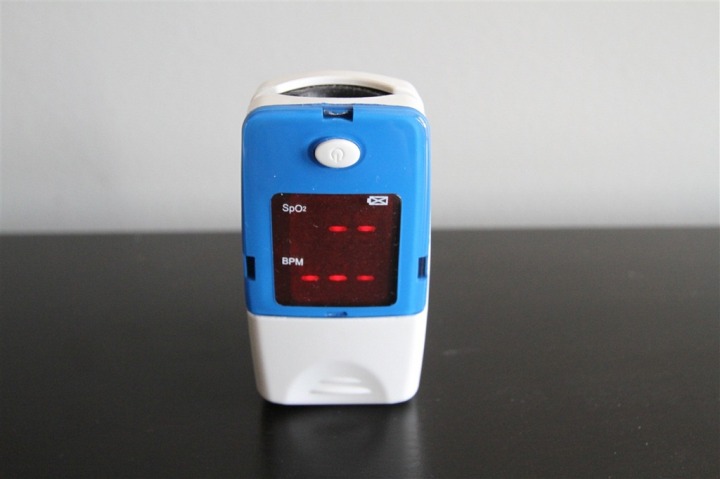
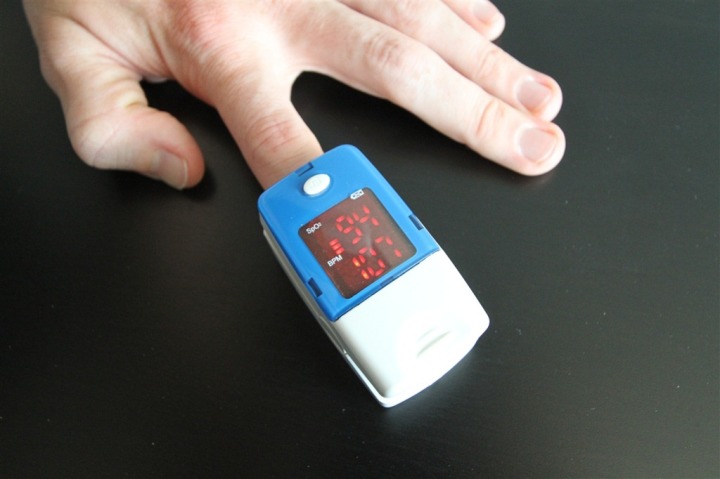

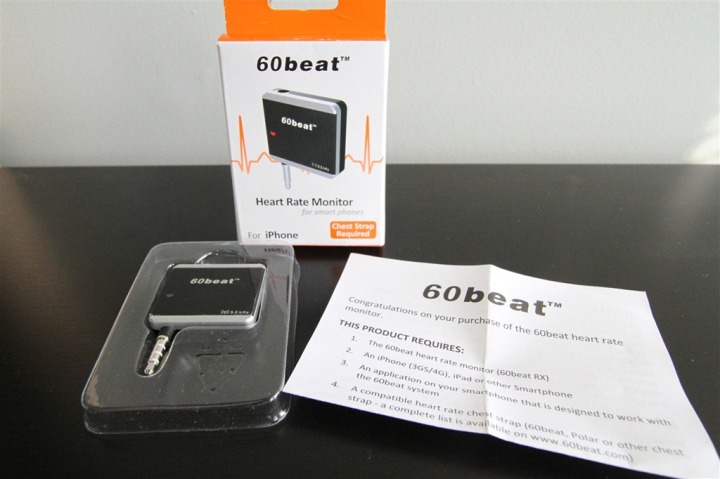
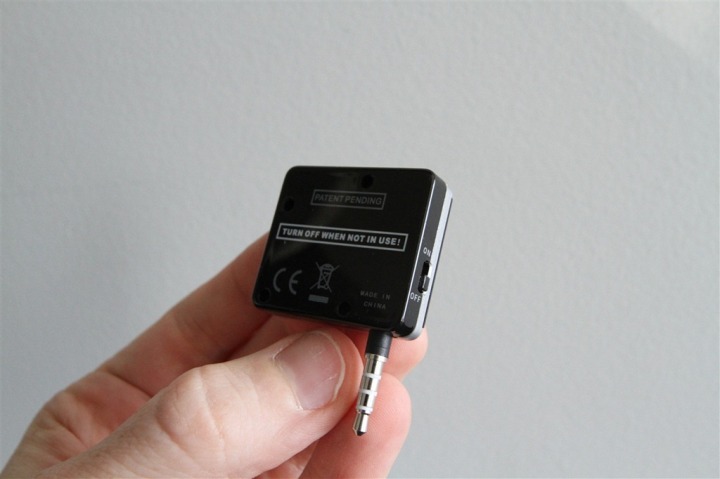
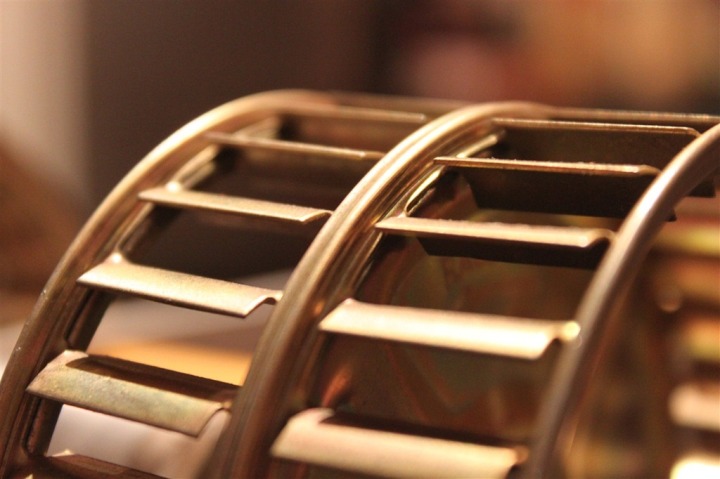
















That first device would be pretty cool for me to determine if there’s something that sets of my asthma. Blood oxygen is one way of determining how bad of an asthma attack someone is having.
Cool, the LeMond revolution! (i guess :))
Hey DC,
private pilots use oxygen measurements when they fly to determine if/when they need to take oxygen. Taking oxygen is necessary by law at higher than some specified altitudes (which depend on the time spent at these altitudes), but many pilots start taking oxygen at lower altitudes and/or measure oxygen concentration to ensure that the oxygen they are taking is getting into their lungs and blood.
Oh the finger pulse oximeter would be useful if you are doing intermittent hypoxic training (IHT) or altitude training. WADA almost wanted to ban hypoxic training cos they considered it similar to blood doping.
All the above are exactly right, but if you’re just popping the pulse ox on your finger first thing in the morning, somebody in your excellent health will have 100% saturation all the time. If you see anything less, all it means is it isn’t on your finger properly 🙂
I use the iPhone App from http://www.instantheartrate.com. Works great, uses your iPhone camera and LED flash to measure your pulse similar to a medical pulse oximeter.
the pulse ox is a great idea. the HR strap is a pain in the morning. A pulse ox reads the saturation of the hemoglobin on your red blood cells in your blood stream, with oxygen. Not really an important thing to monitor or worry about if you’re a healthy individual(read: no medical conditions).
I did a full night in my HRM. It was interesting to see my HR jump all over.
Curious about the last photo. Looks like a wind resistance wheel. hmmm.
About the photo – the wedding rings? 🙂
Random photo: Looks like a shaft driven fan for a blower to me.
This is my guess – A swim trainer:
link to vasatrainer.com
It’s some kind of water turbine.
Fudgeman…I’m soooooo glad that wasn’t my nickname in college 🙂
i love how fancy these are. i totally just take my hr using my pulse. i feel lame now! i do use the fancy ones at work though…
Got it. Tacx Speedbraker T1800. And loud, I’m guessing.
Looks like some sort of squirrel cage blower or air mover. Probably for creating resistance with air.
I think there is so much info and sites around the globe we never bother actually reading them …. we screen them a bit and read on the “what looks intresting on first sight parts”.
Well … I notice I do at least.
With one exception … your blog ray! Just noticed I’m so keen on it I’m actually reading every bit of a page for the first time in years.
Is that picture at the bottom the fly-wheel from an old-fashioned bike trainer?
Regarding your fiance finding the cold chest strap annoying: here’s your chance to show your chivalry; measure your heart rate first, using her strap. Then it will be nice and warm for her.
I don’t know whether you check comments this far back, but did you ever get round to comparing methods for measuring resting HR? I’d be interested if you did and I can’t find anything on the search.
I haven’t dug much further into it. I have been liking using the Basis watch though as an easy way to track resting heart rate. Though definitely a bit overkill too.
I have a pulse rate and oximeter similar to your fingertip unit. I got it at Wal-Mart for $35. It works fine for resting rates, but it won’t work with exercise heart rates. I tried it at the end of the pool, and it just wouldn’t work. Do you know if the Amazon one does? Or of a cheap fingertip unit that works with high heart rates?
No, for exercise most of those won’t work well (at all). Unfortunately, for that you’ll need to look at the higher end optical sensors (about $79), such as the Scosche one I recently reviewed.